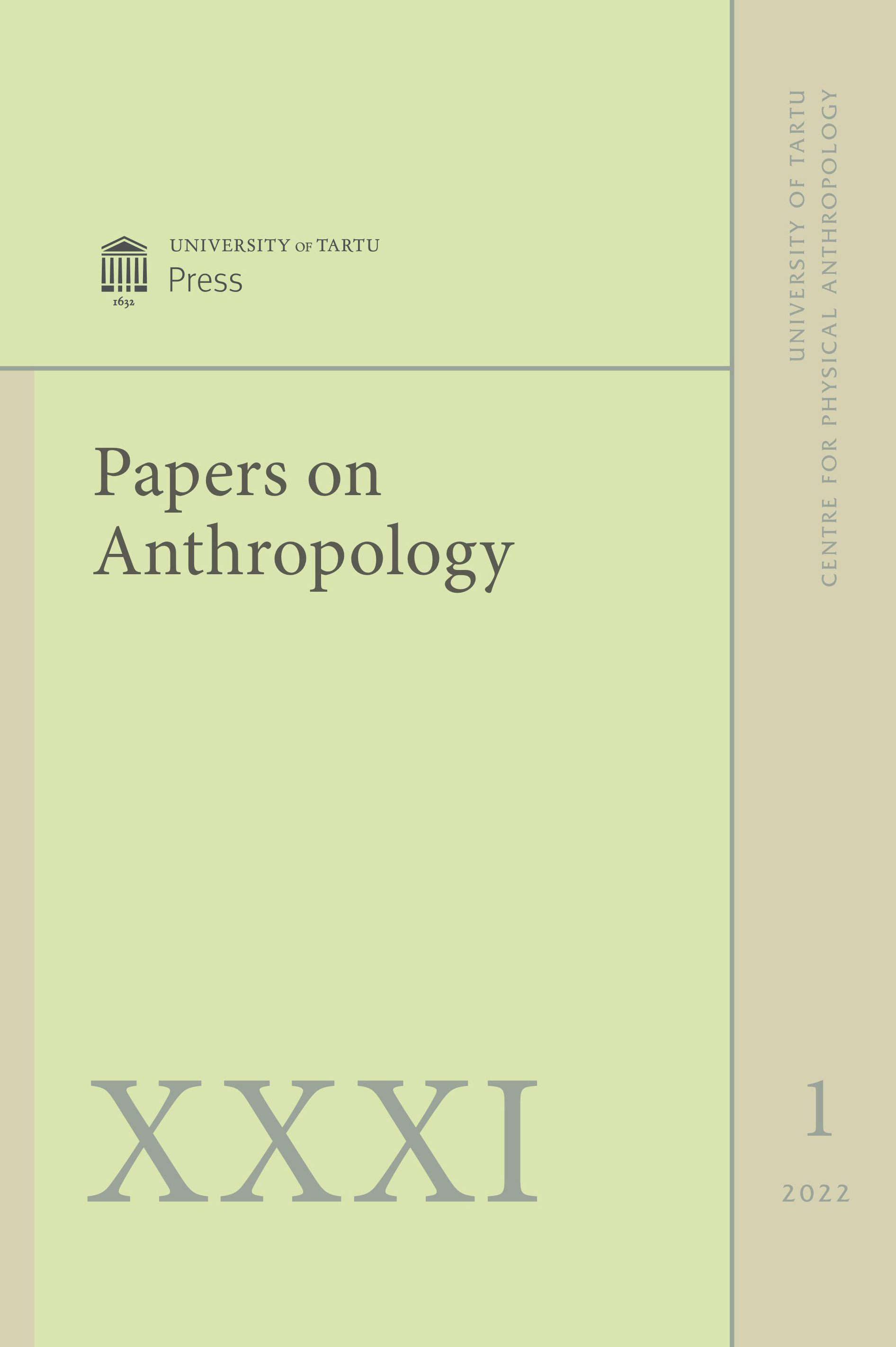Association of sociodemographic variables with nutritional status among the college girls of Howrah, West Bengal, India
DOI:
https://doi.org/10.12697/poa.2022.31.1.03Keywords:
nutritional status, underweight, stunting, thinness, sociodemographic variablesAbstract
Nutritional status of young adult girls is very essential since they are future mothers, and their nutritional requirements increase tremendously compared to the preceding years of growth. The present study was an endeavour to assess the nutritional status and to find an association between sociodemographic variables and nutritional status among young adult college girls of Howrah, West Bengal. The study included a total of 140 college girls aged between 18 to 20 years. The sociodemographic data were collected by the interview method using a pretested standard structured schedule. The anthropometric data were measured by the standard protocol. For the comparison of anthropometric data, growth charts of the Centre for Disease Control and Prevention (CDC) were used. The anthropometric measures like weight, mid upper arm circumference (MUAC), waist circumference (WC), hip circumference (HC), suprailiac skinfold, body mass index (BMI), waist-hip ratio (WHR) and waistheight ratio (WHtR) show an increasing trend according to age groups. Based on BMI, 25.7% of the young adult college girls were found to be underweight (BMI < 18.5 kg/m2), which includes chronic energy deficiency (CED) grade I (13.6%), chronic energy deficiency (CED) grade II (7.9%) and chronic energy deficiency (CED) grade III (4.3%). BMI for age (< 5th percentile) or thinness showed a significant difference (p < 0.01) according to age. Similarly, stature for age (< 5th percentile) or stunting shows a significant association (p < 0.05) with father’s education, and underweight (BMI < 18.5 kg/m2) shows a significant association (p < 0.05) with monthly family household income. The results of linear regression show that sociodemographic variables and food habits were significant predictors of various anthropometric measures. Monthly family income and frequency of eating fast food per week were significant predictors of BMI and MUAC, and the age of the participant and the education of the mother were significant predictors of WHR, and family income per month and the age of the participant were significant predictors of WHtR. Thus, the present study provides a podium for further studies to combat the effect of undernutrition among future mothers and instigates effective nutritional intervention strategies entailing this vulnerable group.

